Sustainable development
Our company is aware of the importance of sustainable development and strives for a harmonious combination of economic growth, social responsibility and care for the environment. We understand that successful business is impossible without a responsible attitude to natural resources, society and future generations.
Design and feasibility studies for the construction of solar power plants
We develop professional projects and feasibility studies (FS) for the construction of solar power plants. Accurate calculations, equipment selection, analysis of economic efficiency and compliance with regulations. We guarantee reliability, optimal power and fast payback of your solar station!
Where can solar power stations be used?
Private sector
Reduced Electricity Costs
Energy Independence (Autonomous Homes)
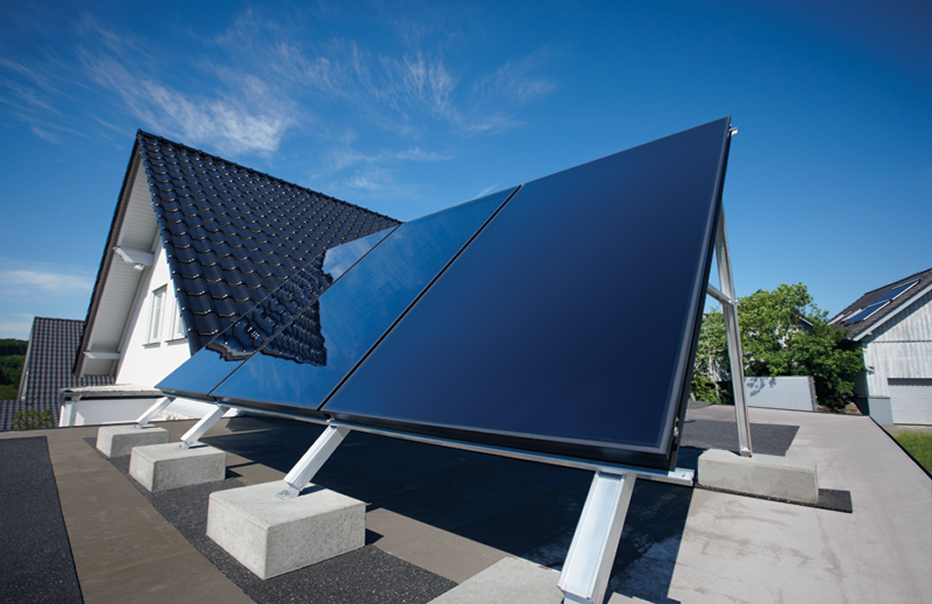
Industrial plants and warehouses
Reducing energy costs
Using green energy to improve ESG indicators
Backup power supply for critical facilities
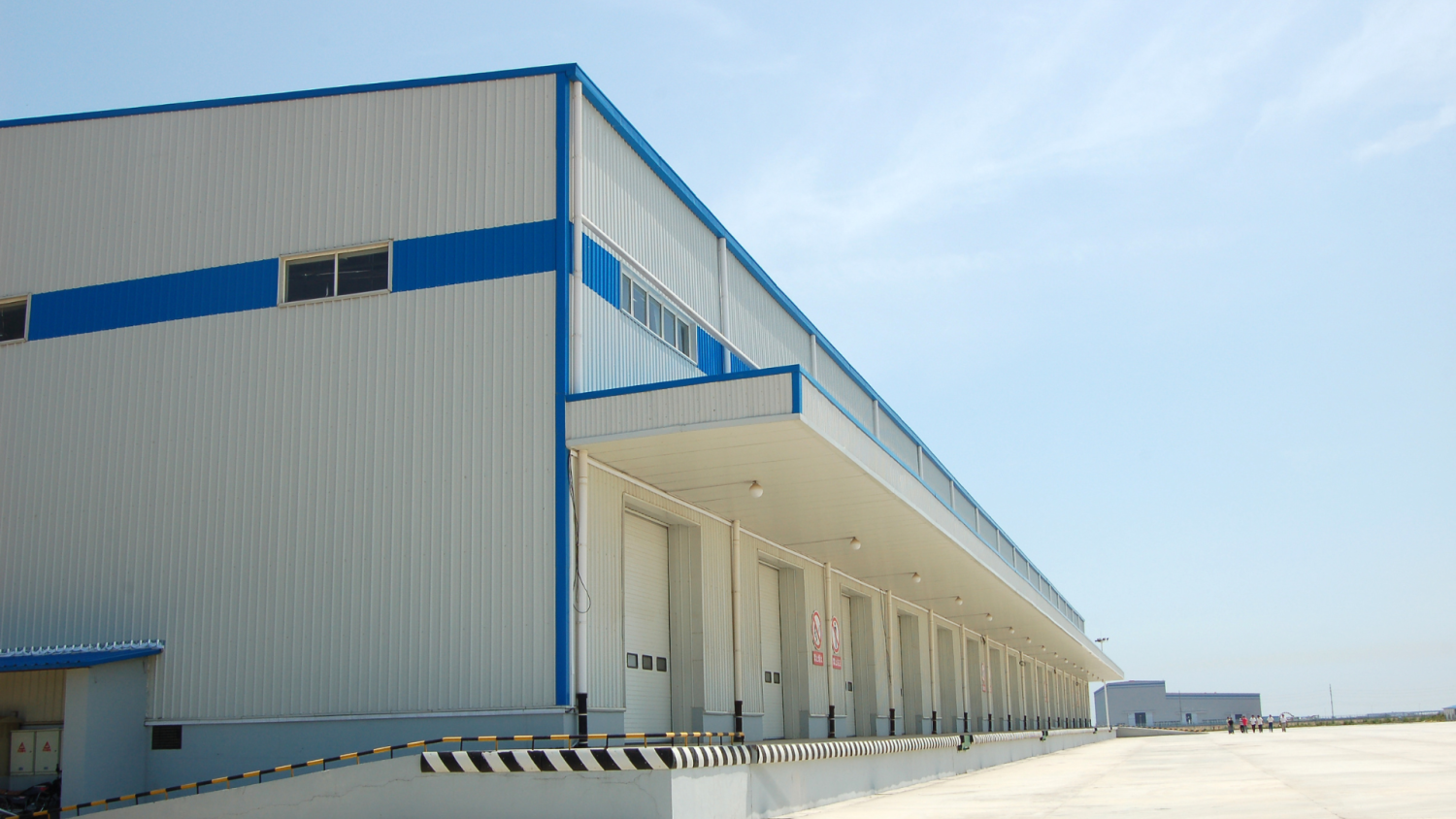
Agricultural sector
Power supply for farms, greenhouses and irrigation systems
Autonomous stations for field work
Power supply for refrigerators and product storage systems

Commercial real estate
Reducing operating costs for electricity
Integrating solar energy into office buildings, shopping malls, warehouses
Generating income from selling excess energy
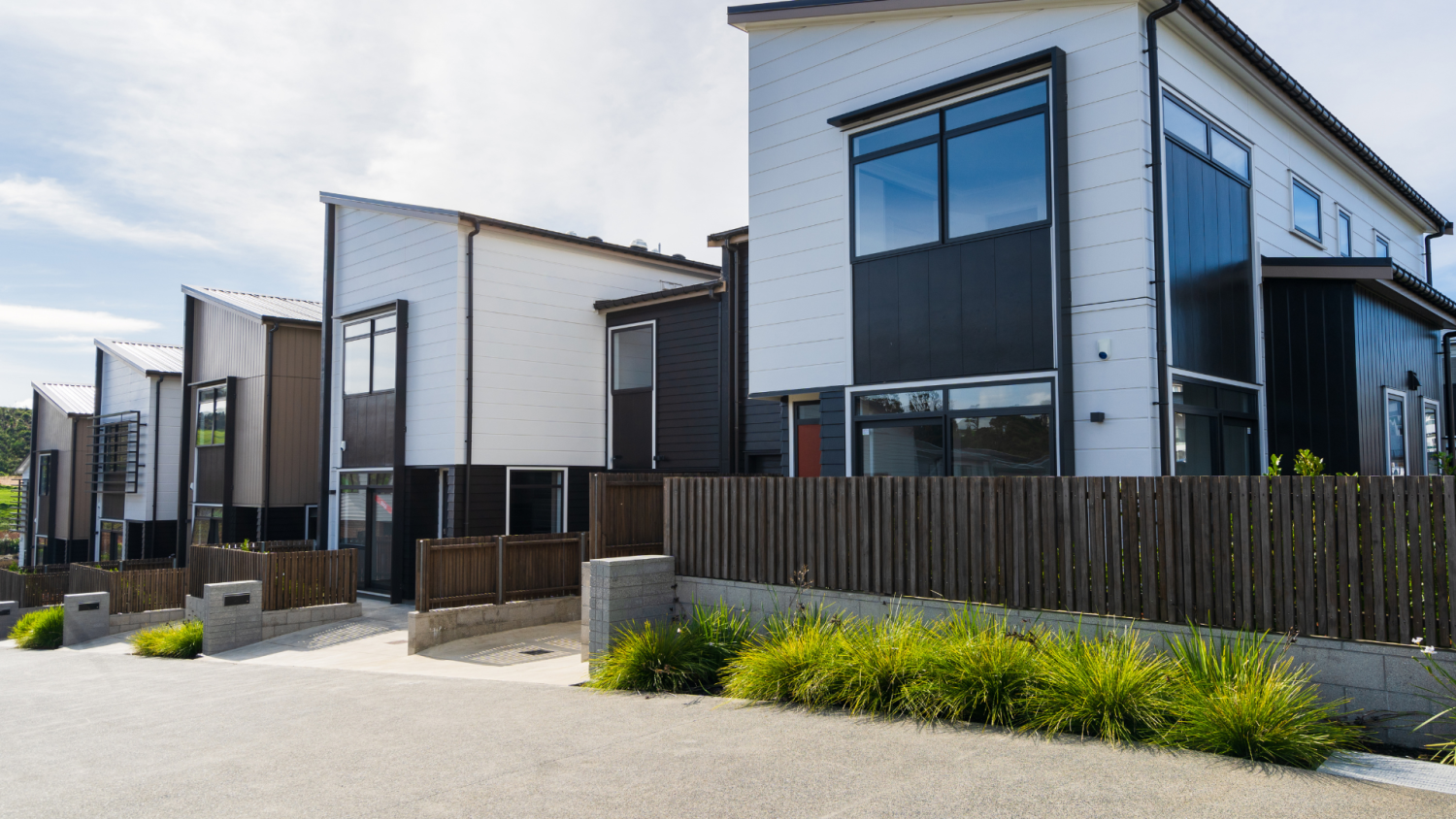
Ecotourism
Energy independence
Savings
Environmental friendliness
Attracting guests

Transport infrastructure
Autonomous electric vehicle charging stations
Power supply for traffic monitoring stations
Solar panels at bus stops, train stations, airports
Carports for electric vehicles
Solar canopies
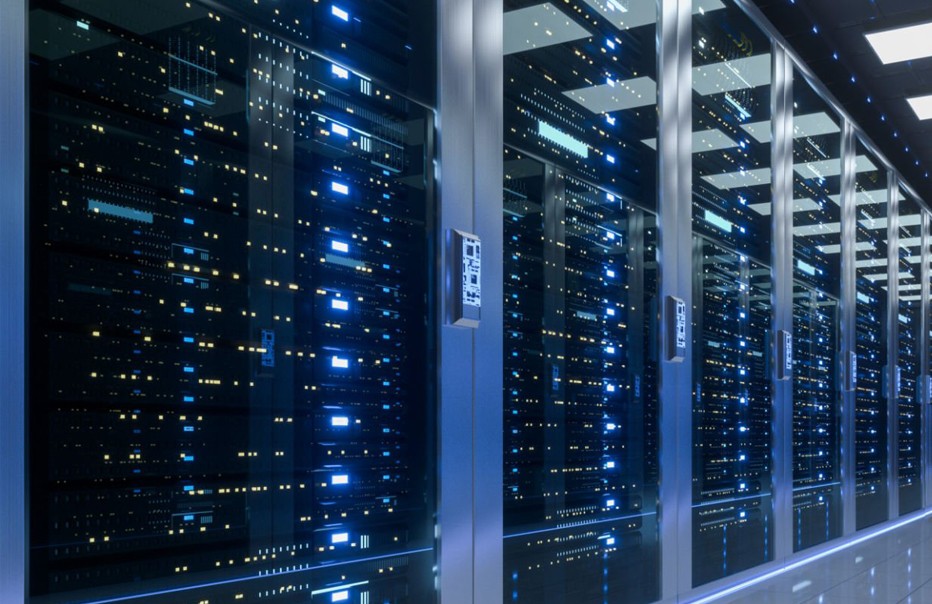
Extractive industry (oil, gas, mining)
Providing electricity to remote production facilities
Backup power supply for pumping stations and monitoring sensors
Reducing dependence on diesel generators
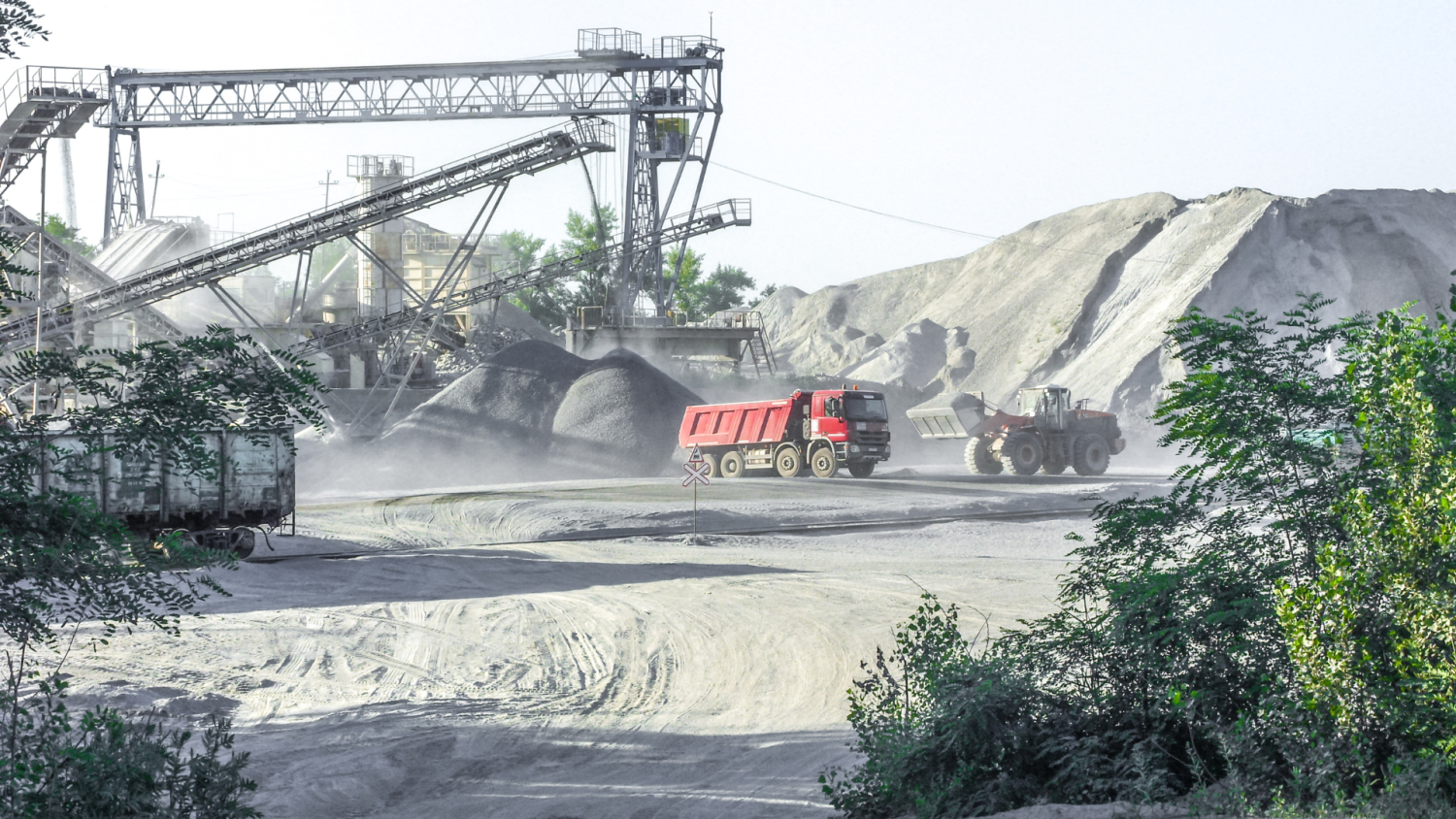
State and municipal facilities
Optimization of budget expenditures
Energy independence
Environmental sustainability
An example for the population

Commercial parking lots and shopping malls
Solar canopies for parking lots
Power supply for shopping malls
Reduction of operating costs
Charging stations for electric vehicles
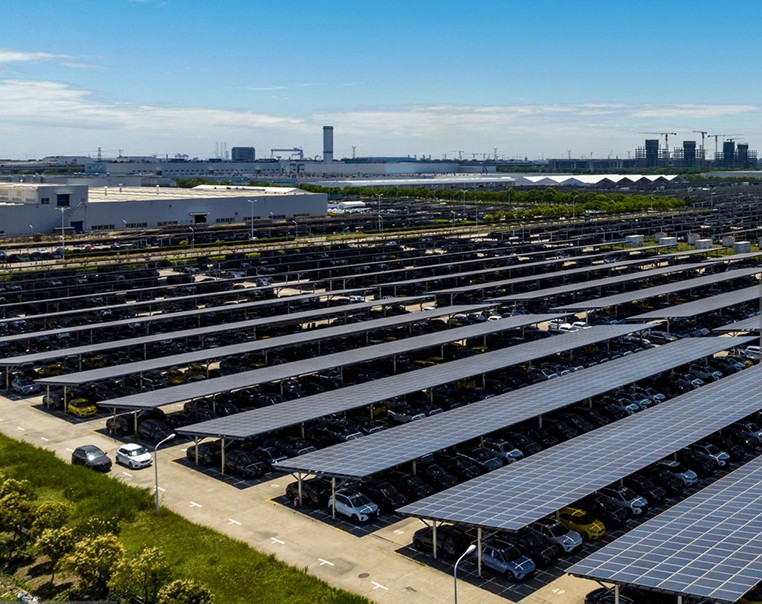

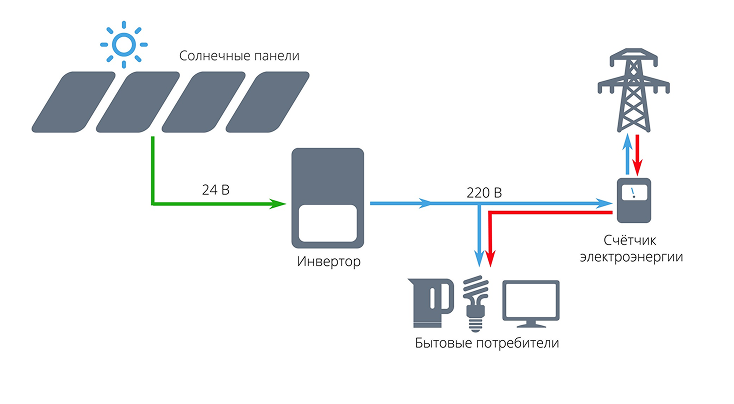
What is a grid-tie solar power plant and where is it used?
A grid-tie solar power plant (GTP) is a system that generates electricity from solar panels and is directly connected to the general electrical grid. Unlike stand-alone stations, grid-tie GTPs do not require batteries, and the energy produced is either used for internal needs or transmitted to the grid.
Application of grid-tie solar power plants GTPs are widely used in various areas:
- Private home – reducing electricity costs and the ability to sell surplus to the grid.
- Business and commercial facilities – shops, office centers, hotels use solar energy to reduce costs.
- Industrial enterprises – factories and production facilities compensate for energy consumption and minimize costs.
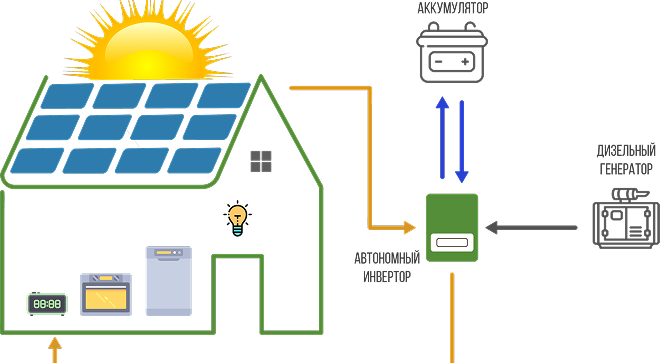
Autonomous solar power plants
An autonomous solar station is an energy system that operates completely independently of the power grid. It uses solar panels to generate electricity, and batteries to accumulate and then power electrical appliances at night or during periods of low solar activity.
Advantages of autonomous solar stations:
- Complete independence from power grids - an ideal solution for remote sites and regions with power supply interruptions.
- Savings on electricity - no electricity bills, since all energy comes from the sun.
- Reliability and stability - the system works even when the central power supply is disconnected.
- Environmentally friendly - 100% renewable energy without harmful emissions.
- Durability - solar panels last more than 25 years, and modern batteries can work for 15 years.
- Minimal operating costs - no constant maintenance is required, like fuel generators.

Hybrid solar power plants
A hybrid solar station is a system that combines the advantages of a grid-connected and autonomous solar power station. It can operate both from solar panels and from batteries, ensuring uninterrupted power supply even when the centralized grid is disconnected.
How does a hybrid solar station work?
During the day, solar panels generate energy, which is primarily used to power consumers (home, business, enterprise).
Advantages of a hybrid solar station
- Autonomy - works even when the power supply is turned off, which is especially important for regions with unstable power supply.
- Savings on bills - reduces electricity costs by using solar energy during the day and accumulated at night.
- Flexibility in settings - you can set up priority use of energy: immediately for consumption, charging batteries or selling to the grid.
- Stability and reliability - the system prevents power outages, which is critical for businesses, server rooms, and production facilities.
- Possibility of connecting a net consumer and selling surplus to the grid
- Environmentally friendly – reduces carbon footprint by using renewable energy sources.
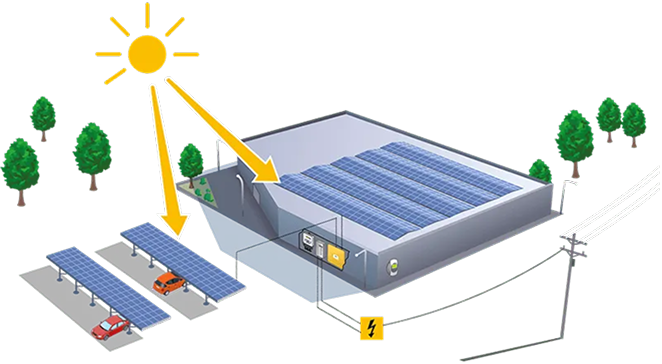
Modern solar carports are a stylish and functional solution that combines car protection and clean energy generation. We create innovative canopies with integrated solar panels and charging stations for electric vehicles, ensuring energy independence and reducing electricity costs.
HelioSolar offers a full range of services: consulting, monitoring, design, connection and maintenance, ensuring reliable and efficient energy systems.
In the era of digitalization and the transition to renewable energy sources, energy efficiency is becoming a key factor. HelioSolar is a leading provider of innovative technologies in the field of renewable energy sources, offering comprehensive solutions: from energy storage systems to charging stations for electric vehicles.
As electricity prices rise, businesses are looking to reduce costs. Solar power plants are the optimal solution, allowing you to reduce costs and provide backup power. They are easily scalable and adaptable to business needs.
Wind power generation
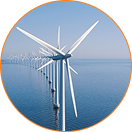
Generation
Solar power plant
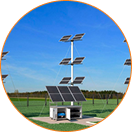
Generation
Battery packs/modules
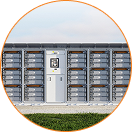
Storage
Charger
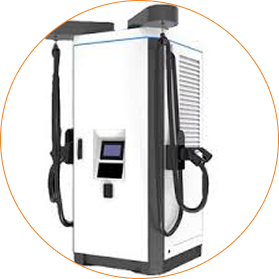
Electric charging stations

Implementation algorithm
Receiving and processing the application
- Assessing customer needs (capacity, purpose, budget, location).
- Analysis of the possibility of connecting to the grid or autonomous operation.
- Preliminary calculation of electricity generation and economic efficiency.
- Determining the format of cooperation (sale, EPC contract, leasing, etc.).
Pre-project research
- Engineering surveys.
- Analysis of climatic and meteorological data.
- Evaluation of technical conditions for connection (network or autonomous systems).
- Development of a preliminary financial model and business plan.
Development of design documentation
- Feasibility study (FS).
- Sketch and working design (layout schemes, cable networks, power supply).
- Load calculations, equipment selection, panel layout planning.
Purchase of equipment and materials
- Selection of suppliers (modules, inverters, mounting systems, transformers, etc.).
- Logistics and customs clearance.
- Quality control and compliance of equipment with design requirements.
- Preparation of the territory and arrangement of the foundation.
- Installation of supporting structures and solar panels.
- Laying cable networks and installing inverters.
- Installation of the monitoring and control system.
Connection and setup
- Connecting to the network (if required).
- Testing the system for compliance with design specifications.
- Carrying out acceptance tests.
Commissioning
- Signing of commissioning certificates.
- Transfer of the facility to the customer.
- Instruction of the customer's personnel on operation.
Service and monitoring
- Warranty and post-warranty service.
